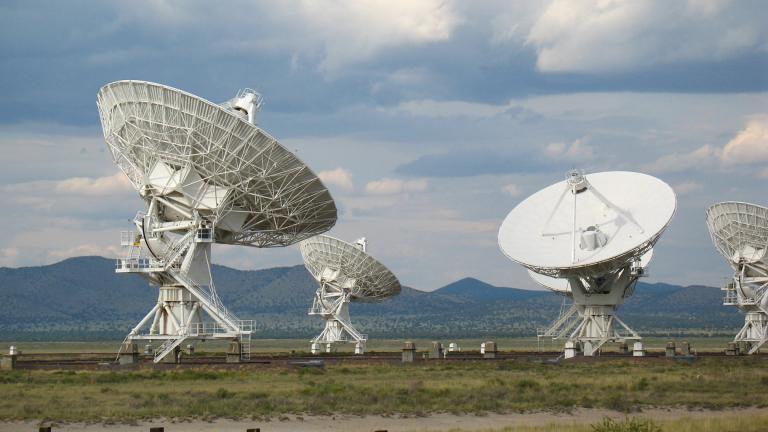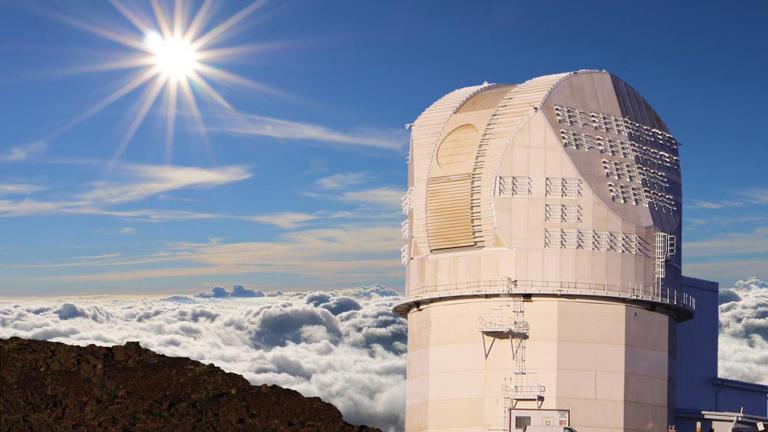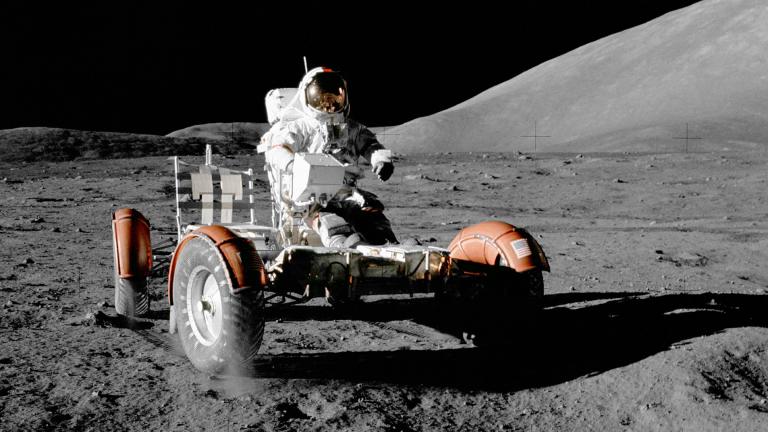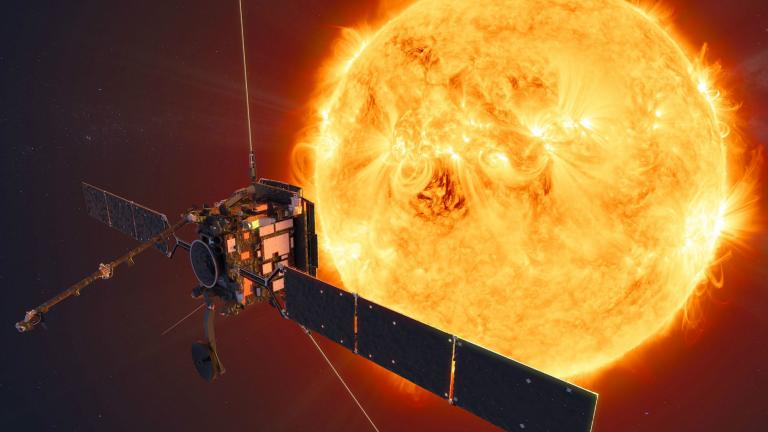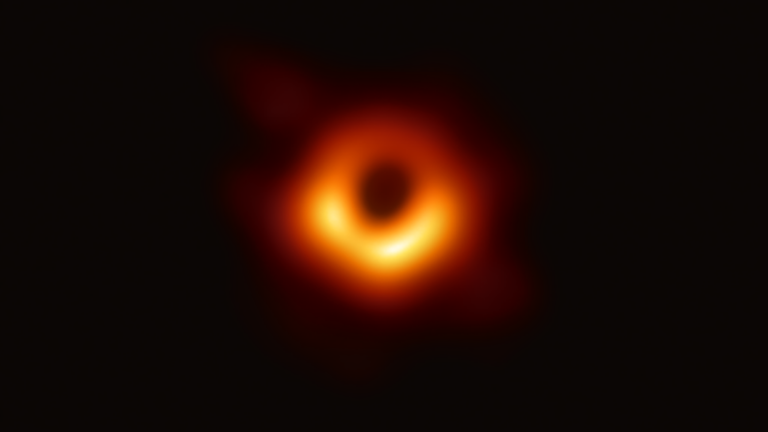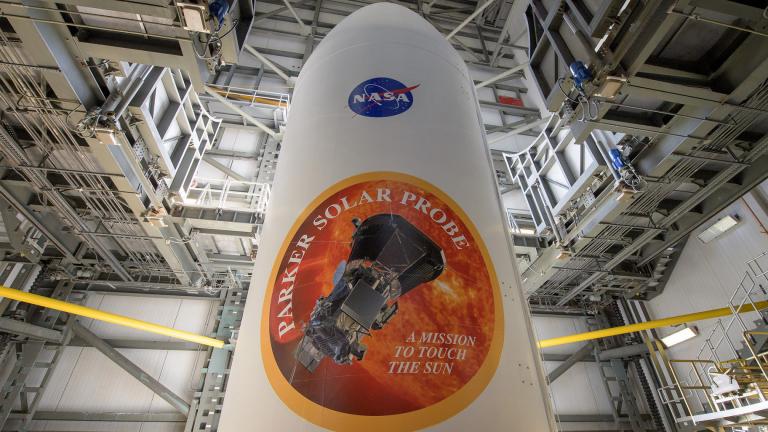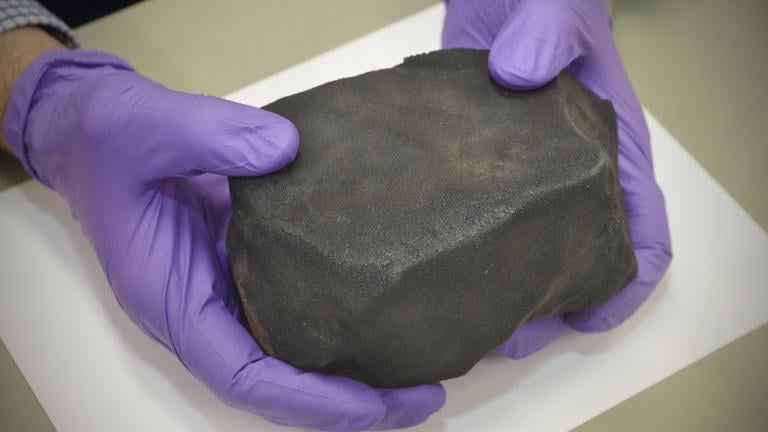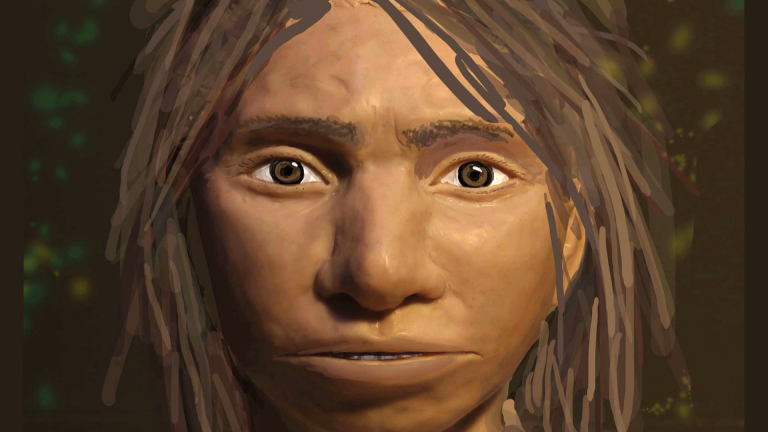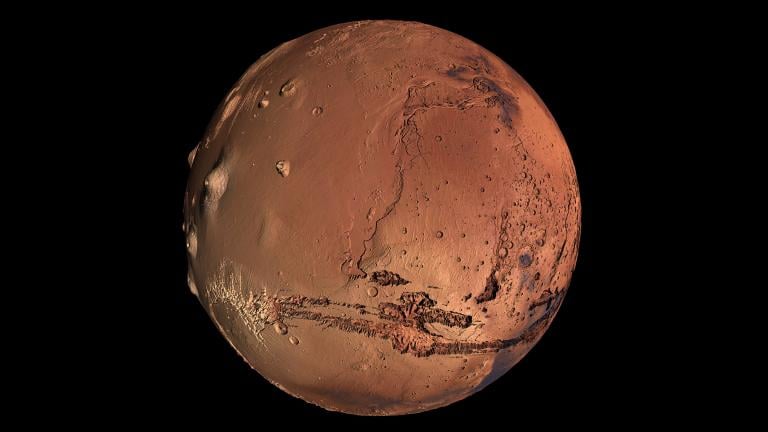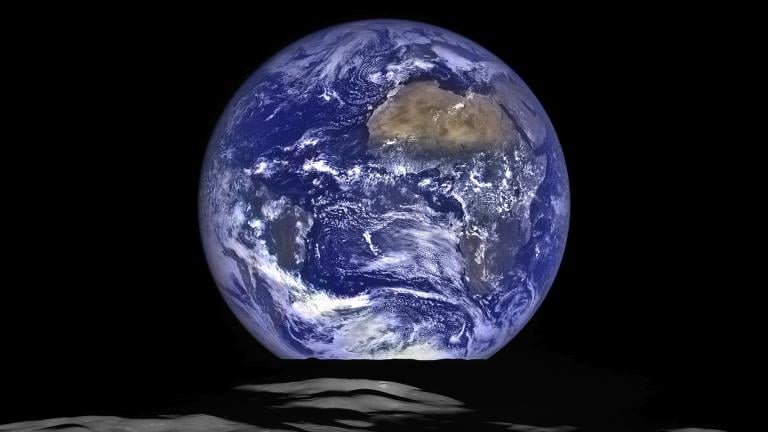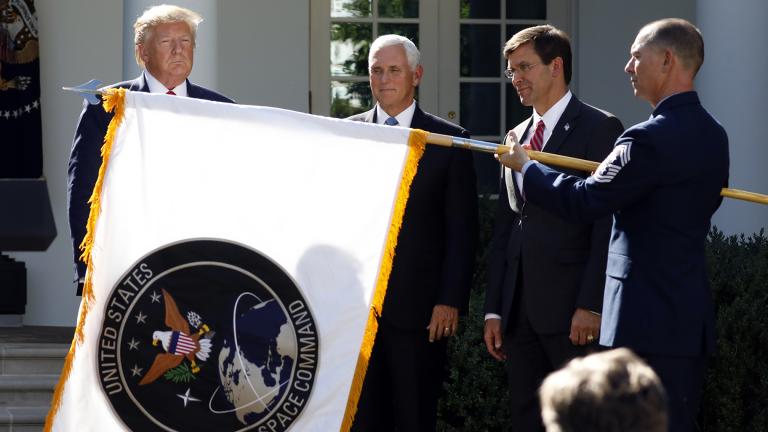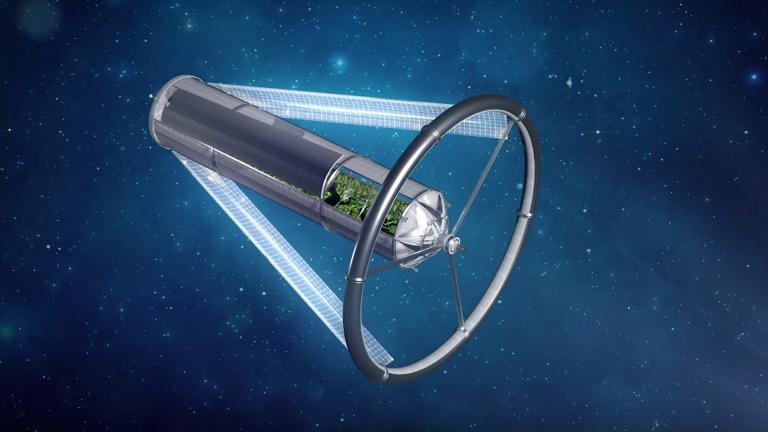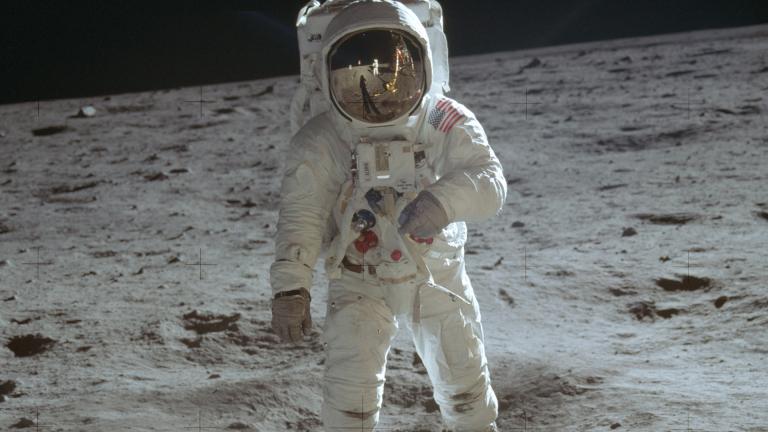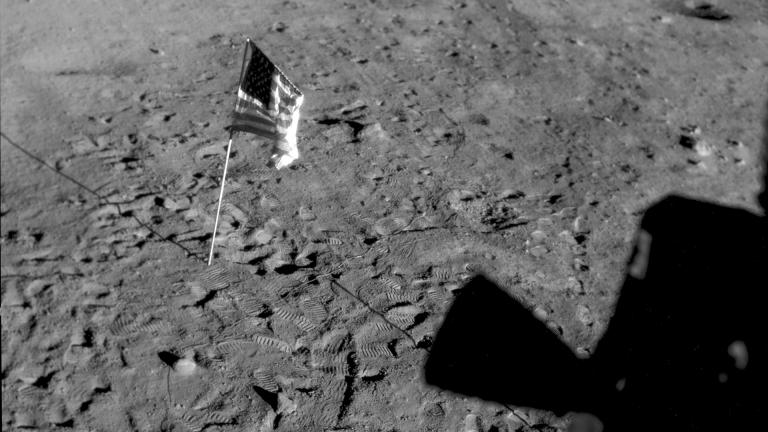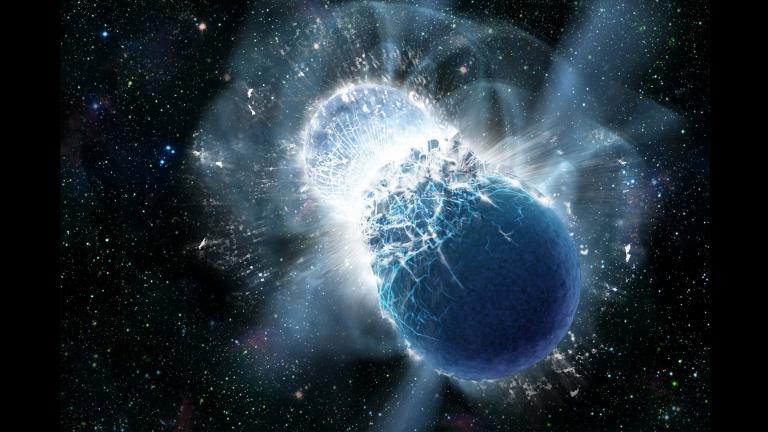Are we really alone in the universe? A new effort to search for extraterrestrial life is underway.
Astronomy
A local scientist talks about his work to help capture the most detailed images ever of the sun’s bubbling surface.
Local scientists use a powerful new tool to make fresh discoveries from moon dust first collected nearly 50 years ago.
It may not seem like it lately, but the sun does indeed still exist. And NASA is sending a spacecraft to our friendly neighborhood star to get some answers.
From the first-ever image of a black hole to growing concern over climate change, we review some of the year’s top science stories with three of our regular science contributors.
An update on the mission and findings of NASA’s Parker Solar Probe, named after pioneering University of Chicago astrophysicist Eugene Parker, who first proposed the existence of the solar wind in 1958.
Dan Hooper spends his time contemplating the biggest mystery of all: how the universe came to be. He joins us to discuss his book, “At the Edge of Time: Exploring the Mysteries of our Universe’s First Seconds.”
A 4-pound chunk of a rare type of meteorite that crashed into a Costa Rican village this spring has found its way to Chicago, and experts say the rock likely contains clues to the origins of life on Earth.
How did researchers reconstruct the face of an ancient human ancestor using a fossilized bone? This story and more from the world of science with Neil Shubin.
The SpaceX founder aims to create a fleet of reusable rockets that will make space travel dramatically cheaper and more accessible. But can he turn what has long been science fiction into science fact?
Adler Planetarium astronomer Mark Hammergren explains how a space-based sentry can help detect asteroids that will pass near Earth.
As society becomes increasingly dependent on space-based systems, there’s a growing need for protection from potential adversaries. But is the U.S. Space Command – and eventually a Space Force – the answer?
Could Jeff Bezos’ vision of giant rotating habitats one day support millions of people in space? We speak with two experts about humankind’s future in space.
A moonstruck nation celebrated the 50th anniversary of Apollo 11’s “giant leap” by Neil Armstrong and Buzz Aldrin at parties, races, ball games and concerts Saturday, toasting with Tang and gobbling MoonPies.
Fifty years after Neil Armstrong and Buzz Aldrin walked on the moon, some people insist it never happened and was all a big hoax by the U.S. government. Here’s a look at some of the most common claims and how they're explained away.
If the discovery is confirmed, it would be the first evidence that black holes and neutron stars can pair up to form binary systems.

